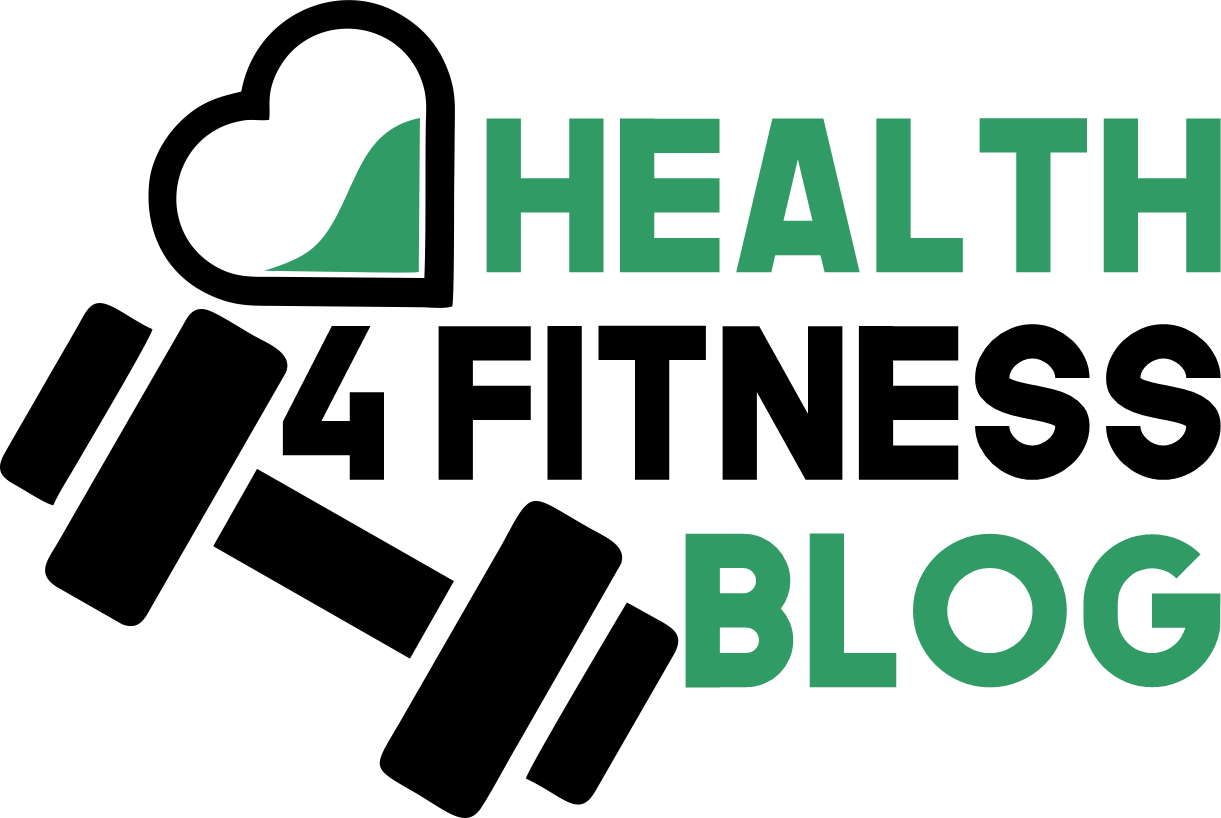Heart disease is the world’s leading cause of early death, yet it is often preventable with the right habits—even for those as young as their twenties.
Scientific consensus confirms that combining a balanced diet, regular health checkups, effective stress management, and especially consistent physical activity is the foundation for life-long heart health.
Table of Contents
Why Heart Health Matters — Even When You’re Young
Although older adults are at the highest risk for heart disease, damage to arteries and heart tissue can begin far earlier—sometimes without symptoms.
High cholesterol, sedentary living, and poor dietary choices slowly raise the risk of high blood pressure, heart attacks, and strokes.
That’s why experts recommend that everyone, regardless of age, take proactive steps to care for their heart.
The heart is a muscular organ about the size of your fist, designed to pump about six liters of blood per minute throughout your body.
If arteries become narrowed by cholesterol or plaque, your heart works harder, raising blood pressure and the risk of long-term complications.
The good news: healthy habits, especially physical activity, help keep both arteries and heart muscle strong.
The Surprising Power of Simple Movement
Unlike high-intensity workouts, simple forms of movement—done regularly—are proven by research to lower cholesterol, manage blood pressure, improve vascular health, and help regulate weight.
The American Heart Association recommends at least 150 minutes of moderate activity each week to achieve these benefits (see their heart health guidelines).
Below are practical activities for any age or fitness level, requiring little or no special equipment:
1. Walking
Walking remains one of the safest, best-researched forms of physical exercise. Aim for at least 30 minutes a day, whether outdoors, around your neighborhood, or on a treadmill.
Research shows walking can lower blood pressure, reduce stress, and improve overall quality of life. Bringing a pet or friend along can help keep you motivated and make exercise enjoyable.
2. Household Chores
Many everyday chores count as physical activity. Sweeping, mopping, vacuuming, gardening, and washing the car all get your body moving and elevate your heart rate.
Even everyday cooking can provide gentle movement—especially when you incorporate manual tasks, like hand whisking or grinding spices.
3. Simple Aerobics
Low-impact aerobics from online classes, TV, or community centers can be an appealing way to increase cardiovascular fitness, muscle tone, and stamina.
These routines—designed for all abilities—can be done alone or with friends, and music makes it even more fun. If you have any medical concerns or prior injuries, consult your doctor before you begin.
4. Yoga
Yoga offers proven cardiovascular benefits through its unique combination of physical poses, breathing, and mindfulness.
Regular practice can lower blood pressure, reduce cholesterol, and improve flexibility and balance.
It also relieves stress, supports healthy weight management, and improves overall well-being. Yoga is suitable for nearly any age or skill level.
How Much Is Enough?
You don’t need to transform into an athlete to benefit. The Centers for Disease Control and Prevention (CDC) recommends 150–300 minutes per week of moderate activity (like brisk walking), or 75–150 minutes of vigorous activity (like running or cycling), combined with muscle-strengthening tasks twice weekly.
These recommendations can be met through small, consistent changes in everyday life.
Practical Tips to Stay Motivated
-
Schedule activity into your daily routine as a non-negotiable appointment.
-
Find an activity you genuinely enjoy—whether that’s gardening, swimming, hiking, or dancing.
-
Set specific, realistic goals (e.g., walk after dinner three times a week).
-
Track your progress using a smartphone, pedometer, or journal.
-
Involve family or friends for extra encouragement and accountability.
What About Medical Conditions?
If you have heart disease, diabetes, joint issues, or other chronic conditions, consult a healthcare provider before starting a new exercise routine.
Begin slowly and increase activity as recommended.
Most people, even those with limitations, can find safe ways to move.
Nutrition and Lifestyle: Complete the Heart Health Equation
Physical activity works best when combined with other positive habits:
-
Eat a diet rich in fruits, vegetables, nuts, whole grains, lean protein, and healthy fats.
-
Avoid tobacco and limit alcohol.
-
Maintain a healthy weight.
-
Manage stress with relaxation techniques or mindfulness-based practices.
-
Get regular checkups and screenings.
Conclusion
No matter your age or current fitness level, simple physical activities offer powerful protection for your heart.
Walking, household chores, gentle aerobics, and yoga are flexible, accessible ways to make lasting changes.
Combined with healthy eating and routine medical care, they offer the best defense against heart disease and many other chronic health conditions.
Disclaimer
This article is for informational purposes only and does not replace professional medical advice. Always consult a healthcare provider before starting any new exercise or wellness program, especially if you have existing health concerns.
